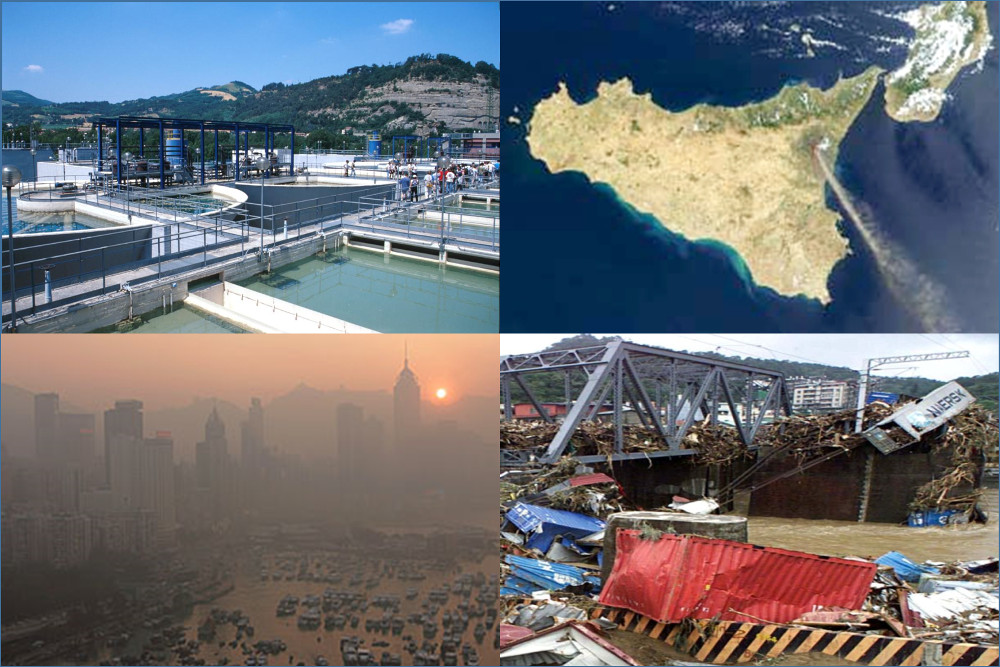The association of the terms “Environment” and “Territory” concerns the complex problems of the interaction between Man and Nature, present since the moment in which the natural resources of the planet began to be exploited for the development of social groups. The interaction configures the needs of a dedicated and highly interdisciplinary engineering culture, oriented to the analysis of the context in which the society is located and develops, to the knowledge of the potential and limits of the resources it uses and to the study of the processes that govern the sustainability of its exploitation, so as to address the complex of technological and programmatic interventions necessary for the recovery and maintenance of environmental quality and the prevention of future risks.
Engineering for the environment and the territory, of increasing importance and topicality, involves all the activities aimed at the realization of infrastructure works and the formulation of strategies for the organization and defense of the territory, the management of natural resources and the protection and restoration of the quality of the environment (water, air, soil). The disciplinary areas concerned concern the cognitive and descriptive context of the spaces in which we live, the resources we use (water, air, soil, flora, fauna, biotic and abiotic) and the processes that govern the alterations and qualitative characteristics, so as to be able to predict the evolution, possible degradation and potential risks that may arise for the population that with these resources leads its life and organizes its development.
The course of study for the training of the professional figures required, active at the Politecnico di Milano since 1983, is aimed at preparing engineers with adequate capacity to analyze environmental and territorial phenomena and to formulate the complex of technological and programmatic interventions for the remediation and maintenance of environmental quality and the prevention of future risks, within the general framework of a sustainable use of resources.
The course is structured on a structure that provides a solid knowledge base, common to the different areas of intervention of the environmental engineer (mathematics, physics, chemistry and computer science), integrated with the set of disciplines that characterize the sector: health and environmental engineering, applied ecology, hydraulic engineering and hydrology, geomatics and cartography, construction engineering and geotechnics, information processing engineering, economic and management engineering, industrial engineering, urban planning and land use planning and management.
The course is divided into two levels that lead respectively to a degree and a master’s degree.
What to study in the first three years (Bachelor) >
What to study in the next two years (Master’s degree) >

